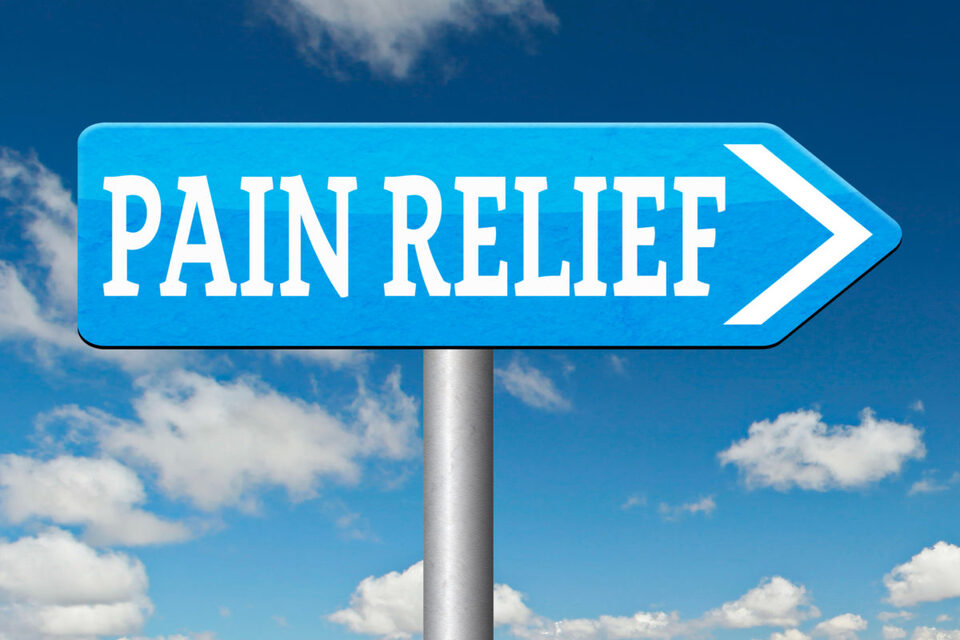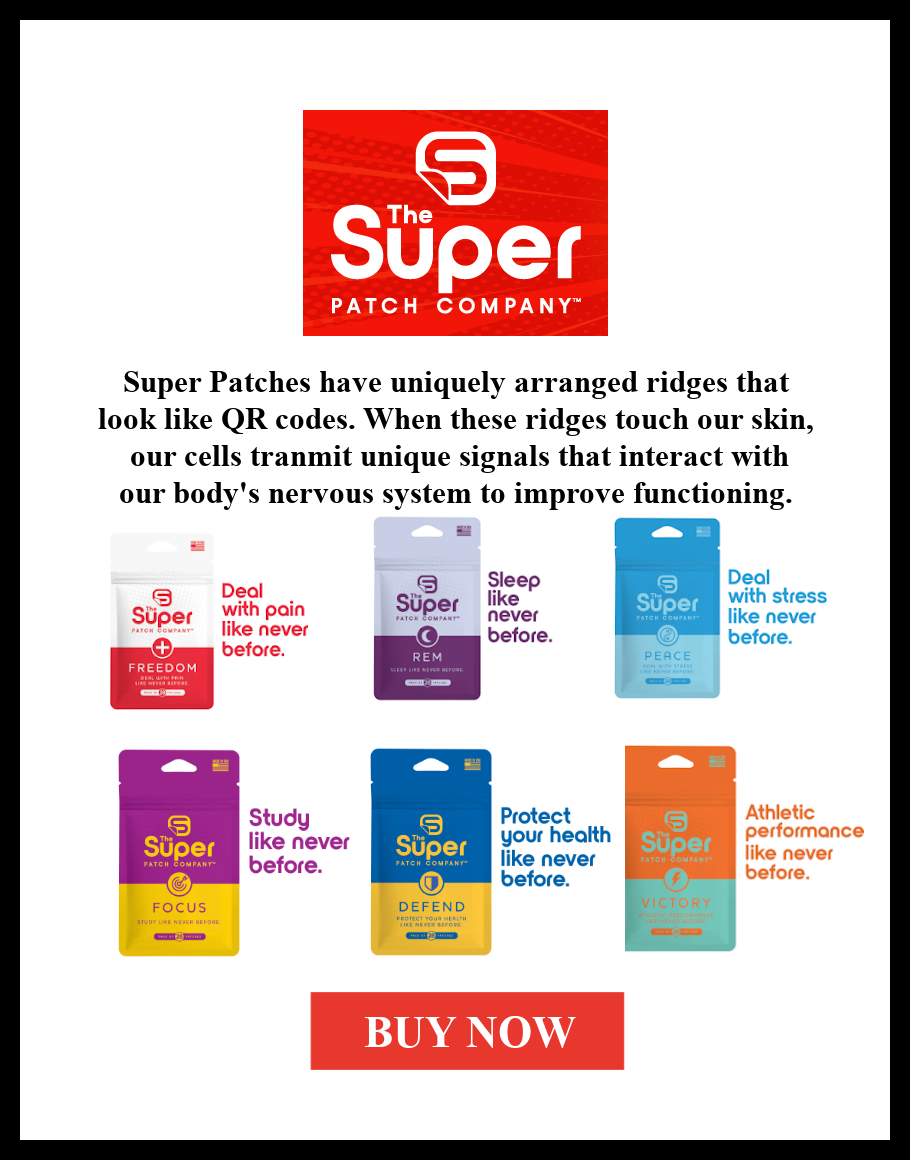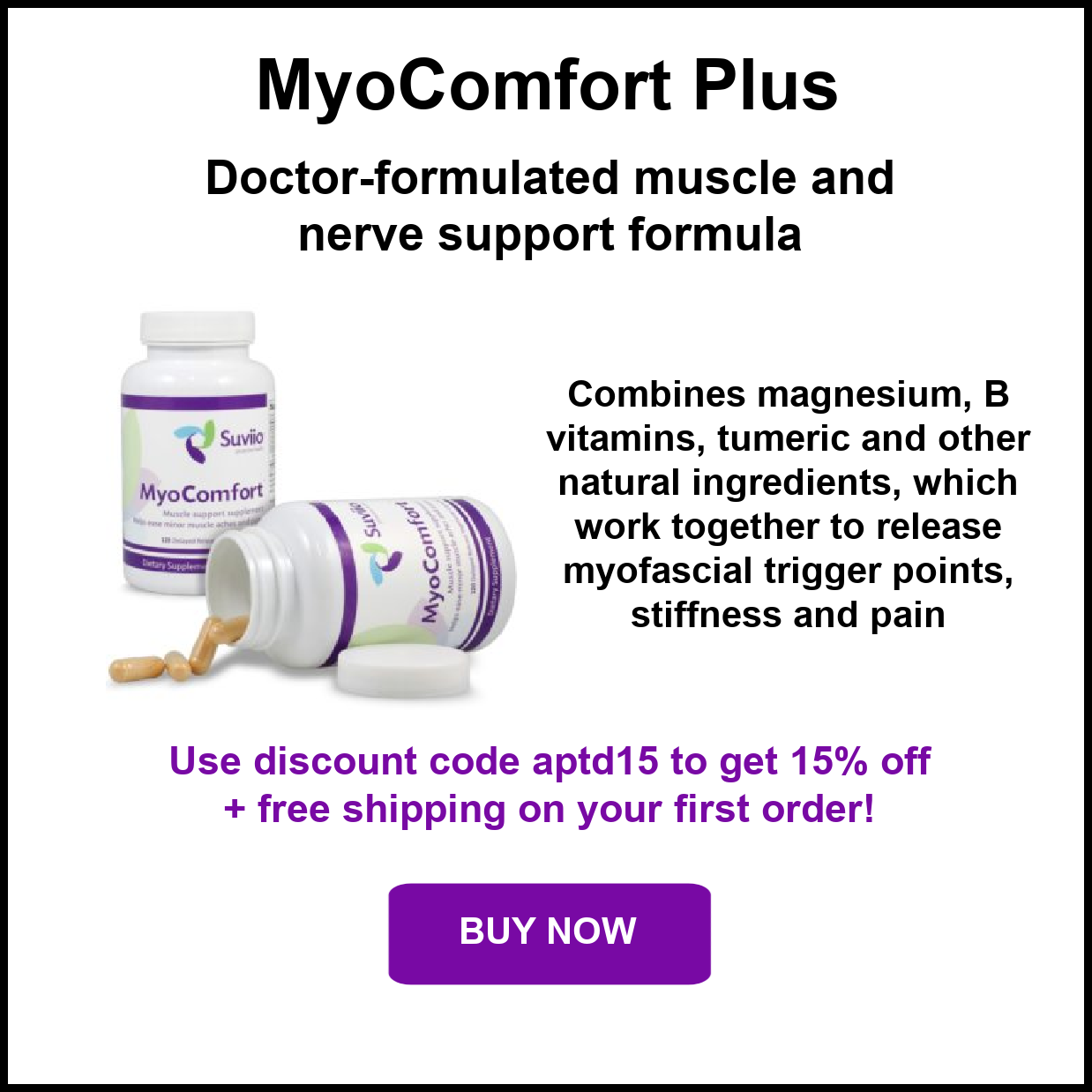
Conventional medical treatment of chronic pain often relies on drugs and surgical interventions. While these approaches can provide temporary relief, they rarely address the root cause of the pain. Pharmaceuticals may numb the sensation of pain temporarily, but they cannot fix the underlying issue because pain is not caused by a pharmaceutical deficiency. Similarly, surgical interventions, though sometimes necessary, are often based on a misdiagnosis of the root problem and can sometimes worsen the situation by causing additional damage to the body.
The good news is that you have the power to alleviate and even heal your pain using safe, holistic strategies that not only target the pain but also improve your overall health and well-being. Here are three essential elements to focus on:
1. Harness the Mind-Body Connection
Mind-body strategies are among the most underutilized tools in conventional medicine, despite their proven benefits. The mind and body are deeply interconnected, and when the mind is calm, the body enters an optimal state for healing. Conversely, stress, anxiety, and negative thought patterns activate the “fight or flight” response, characterized by increased muscle tension, heart rate, blood pressure, and respiration, as well as reduced blood flow to extremities. Over time, chronic stress not only hinders healing but also depletes cortisol—the body’s natural anti-inflammatory hormone—leading to heightened inflammation and pain.
Here are strategies to leverage the mind-body connection:
- Mindfulness and Meditation: Regular mindfulness practices, such as meditation or deep breathing, have been shown to reduce chronic pain by calming the nervous system and reducing stress hormones.
- Cognitive Behavioral Therapy (CBT): This evidence-based therapy helps reframe negative thought patterns and improve emotional resilience, reducing the psychological amplification of pain.
- Biofeedback: A technique that uses real-time monitoring of physiological functions (like heart rate and muscle tension) to help you gain control over your stress response.
- Guided Imagery and Visualization: These practices involve using mental images to promote relaxation and a sense of well-being, which can reduce pain perception.
- Emotional Support: Joining a support group or working with a therapist can help you process the emotional toll of chronic pain and foster resilience.
Addressing Unresolved Trauma
Unresolved trauma from past experiences can manifest physically, often contributing to chronic pain conditions. Trauma can create a state of hypervigilance in the nervous system, keeping the body in a prolonged stress response. Techniques such as Energy Psychology, Eye Movement Desensitization and Reprocessing (EMDR), and somatic experiencing can help resolve these deep-seated issues, allowing the body to return to a state of balance and reduce pain. Neurofeedback, also known as brain wave biofeedback, can also be very helpful for teaching a brain that may have never learned how to relax and how to maintain a calm state.
Recognizing and Releasing Suppressed Emotions
Suppressed emotions, such as anger, grief, or fear, can also exacerbate pain by increasing tension and inflammation in the body. Journaling, expressive therapies like art or music, and working with a therapist trained in emotional processing can help individuals identify and release these emotions. The simple act of acknowledging and processing emotions can often lead to significant reductions in pain.
Understanding Central Sensitization
Central sensitization is a condition in which the central nervous system becomes overly reactive, amplifying pain signals even in the absence of a clear physical cause. This phenomenon is common in chronic pain conditions like fibromyalgia and migraines. Mind-body techniques, including meditation, gentle yoga, and neuroplasticity-based programs like pain reprocessing therapy, can help retrain the nervous system to reduce hypersensitivity and dampen pain signals. Calmare Scrambler Therapy can get the brain to stop sending pain signals by sending no-pain signals to the brain.
2. Optimize Your Diet
Nutrition plays a critical role in pain management because the foods you consume are the building blocks for your body’s cells, hormones, and neurotransmitters. A poor diet can exacerbate inflammation, whereas a nutrient-rich diet can promote healing and reduce pain levels.
- Anti-Inflammatory Diet: Focus on whole foods, such as fresh fruits and vegetables, whole grains, lean proteins, nuts, seeds, and healthy fats like those found in olive oil and avocados. These foods contain antioxidants and anti-inflammatory compounds that can reduce pain.
- Reduce Pro-Inflammatory Foods: Limit processed foods, added sugars, trans fats, and refined carbohydrates, which can increase inflammation and exacerbate pain conditions.
- Key Nutrients and Supplements:
- Omega-3 Fatty Acids: Found in fatty fish, flaxseeds, and walnuts, omega-3s have powerful anti-inflammatory properties.
- Vitamin D: Essential for bone health and immune function, a deficiency is linked to increased pain sensitivity.
- Magnesium: Helps relax muscles and reduce nerve pain.
- Antioxidants: Found in berries, dark leafy greens, and green tea, these combat oxidative stress, which can worsen pain.
- Avoid Toxins: Eliminate artificial sweeteners like aspartame and MSG, which can trigger or amplify pain in sensitive individuals.
- Personalized Nutrition: Some individuals find significant pain relief through specialized diets, such as gluten-free or low-histamine diets, depending on their unique sensitivities.
Recent studies have also highlighted the role of the gut microbiome in chronic pain conditions. Eating probiotic-rich foods (e.g., yogurt, kefir, and fermented vegetables) and prebiotic foods (e.g., garlic, onions, and bananas) can support a healthy gut, which may help reduce systemic inflammation and pain.
3. Engage in Appropriate Exercise
Physical activity is one of the most effective tools for managing chronic pain, yet many people with pain conditions are hesitant to exercise due to fear of worsening their symptoms. However, avoiding movement can lead to muscle deconditioning, stiffness, and further pain. The key is to engage in the right type and intensity of exercise for your condition.
- Stretching and Mobility Exercises: Gentle stretches help improve flexibility, reduce stiffness, and alleviate tension in tight muscles.
- Strength Training: Building muscle strength can correct imbalances and provide better support for joints and tissues, reducing pain over time.
- Aerobic Exercise: Low-impact activities like walking, swimming, or cycling improve circulation, reduce inflammation, and release endorphins—natural painkillers produced by the body.
- Mindful Movement: Practices like yoga, tai chi, and Pilates combine movement with mindfulness, offering physical and mental benefits.
For best results, consult with a physical therapist, chiropractor, or certified trainer who can design a customized exercise program that meets your specific needs. They can also help identify and address muscle imbalances, trigger points, and other underlying issues contributing to pain.

FIND A PROVIDER
Additional Insights and Tools for Pain Relief
Beyond the three foundational elements, consider integrating these additional strategies:
- Sleep Optimization: Chronic pain often disrupts sleep, and poor sleep exacerbates pain. Establish a regular sleep schedule, create a calming bedtime routine, and address underlying sleep disorders like sleep apnea.
- Alternative Therapies: Acupuncture, massage therapy, chiropractic care, and energy healing modalities (e.g., Reiki) can provide significant relief for many people.
- Heat and Cold Therapy: Alternating heat and cold can reduce inflammation and promote healing in specific areas of the body.
- Innovative Technologies: Tools like pulsed electromagnetic frequency (PEMF) devices, red and infrared light therapy, and wearable pain-relief technology are gaining popularity for their effectiveness in reducing pain.
Conclusion
Taking these simple, holistic steps can significantly reduce pain over the long term and, in many cases, even eliminate chronic pain conditions. Unlike conventional treatments that often provide only temporary relief, these strategies empower you to address the root causes of pain and enhance your overall health and well-being. By focusing on the mind-body connection, optimizing your diet, and engaging in appropriate exercise, you can take control of your pain and transform your life.










Comments